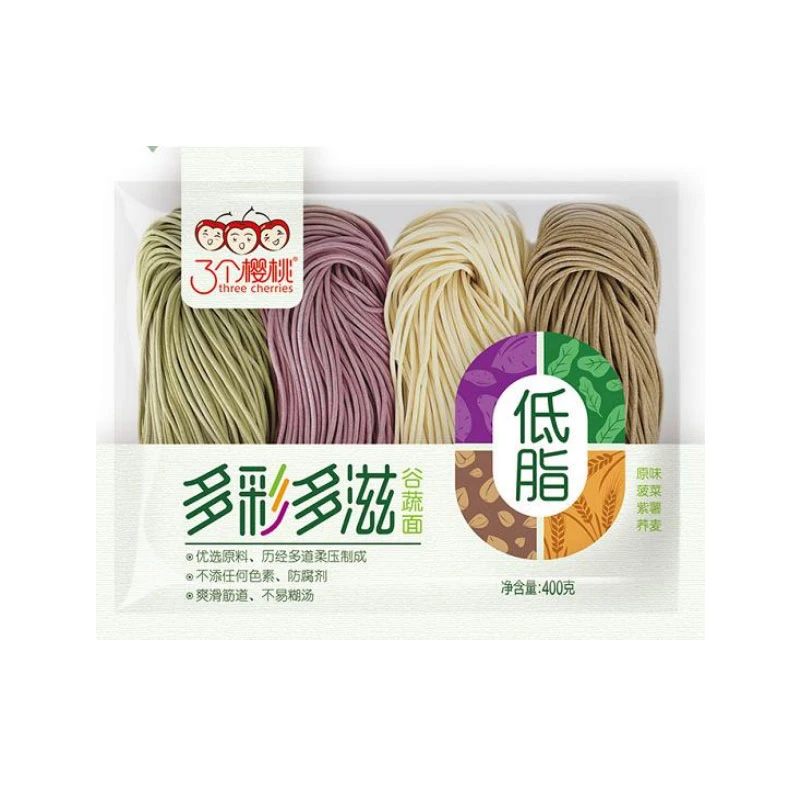Authentic Japanese Soba Noodles Recipe for a Delicious Culinary Experience
The Art of Japanese Style Soba Noodles
Soba noodles, a staple of Japanese cuisine, tell a story rich in tradition and flavor. Made from buckwheat flour, these slender, earthy noodles have been enjoyed in Japan for centuries, embodying the culture's emphasis on simplicity, quality, and a connection to nature.
A Historical Perspective
The history of soba noodles can be traced back over 1,000 years. Initially, they were consumed by the Zen Buddhist monks, who appreciated the health benefits of buckwheat, which is high in protein and fiber. Over time, soba became a popular dish among the general populace, particularly in the Edo period (1603-1868) when street vendors selling soba proliferated in bustling cities like Edo (modern-day Tokyo).
The versatility of soba noodles made them a beloved choice across all regions of Japan. They could be served hot or cold, adorned with various toppings, and paired with an array of dipping sauces and broths. The dish’s adaptability ensures that it remains relevant to modern palates while holding onto its historical roots.
The Basics of Soba Noodles
True soba noodles are made primarily from 100% buckwheat flour, although many store-bought versions might contain wheat flour as a stabilizer. This gives the noodles a unique nutty flavor and a slightly chewy texture. The preparation of soba is an intricate process; artisans often go through years of training to master the craft.
Making soba begins with the careful mixing of the buckwheat flour with water, followed by kneading the dough to the right consistency. Once the dough is achieved, it is rolled out and cut into thin strips. The whole process demands precision and patience, as even a slight deviation in flour-to-water ratio can affect the noodles' texture.
Culinary Applications
The beauty of soba lies in its versatility. One of the most popular ways to enjoy soba is cold, known as zaru soba. After boiling the noodles, they are chilled and served on a bamboo tray (zaru) alongside a soy-based dipping sauce called tsuyu. This simple preparation showcases the noodles’ flavor while adding a refreshing experience, especially during the hot summer months.
japanese style soba noodles

In contrast, warm soba dishes, such as kitsune soba, are perfect for colder weather. These dishes often feature a savory broth made from dashi (a Japanese stock) and include toppings such as green onions, tempura, or, in the case of kitsune soba, strips of sweetened fried tofu. Each bowl of soba tells a story of its own, incorporating seasonal ingredients and regional specialties.
Nutritional Benefits
Buckwheat is not only delicious but also incredibly nutritious. It is gluten-free, making it an excellent choice for those with gluten sensitivities. Additionally, soba is rich in essential nutrients, including B vitamins, manganese, and antioxidants. The high fiber content aids digestion and promotes heart health.
Japanese cuisine often highlights the importance of balance and harmony, and soba fits perfectly into this philosophy. By combining soba with a variety of fresh vegetables and proteins, diners can create a well-rounded meal that is both satisfying and healthful.
Cultural Significance
Beyond its nutritional aspects, soba noodles hold cultural significance in Japan. They are often associated with New Year celebrations, where eating soba on December 31st symbolizes a long and prosperous life. This tradition is deeply rooted in Japanese customs and beliefs, illustrating how food can serve as a connection to heritage and community.
In addition, soba shops are commonly frequented by locals and tourists alike, transforming into social hubs where stories and laughter are shared over bowls of steaming noodles. The preparation and consumption of soba become a communal activity, fostering a sense of belonging and togetherness.
Conclusion
Japanese style soba noodles are much more than just a dish; they embody centuries of tradition, culture, and culinary artistry. From their historical roots in ancient Japan to their modern-day applications in homes and restaurants, soba continues to captivate palates around the world. Whether enjoyed cold with a dipping sauce or in a hearty broth, soba serves as a delicious reminder of the importance of simplicity, quality, and the beauty of shared meals. As more people embrace the flavors of Japanese cuisine, soba noodles will undoubtedly remain a cherished favorite for generations to come.
-
Unleash Your Inner Chef with Delectable Italian Pasta CreationsNewsAug.01,2025
-
Savor Health and Flavor: Irresistible Soba Noodles for Sale Await!NewsAug.01,2025
-
Nourish Your Body with Premium Organic Ramen - A Culinary Delight AwaitsNewsAug.01,2025
-
Elevate Your Dishes with Our Exquisite Kinds of Egg NoodlesNewsAug.01,2025
-
Dive into Flavorful Convenience with Our Ramen OfferingsNewsAug.01,2025
-
Discover Exquisite Types of Naengmyeon and Chilled Soba NoodlesNewsAug.01,2025
-
Is Whole Wheat Pasta Healthy?NewsMay.30,2025
Browse qua the following product new the we

















































































































